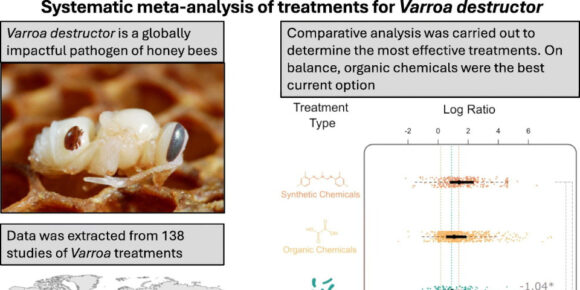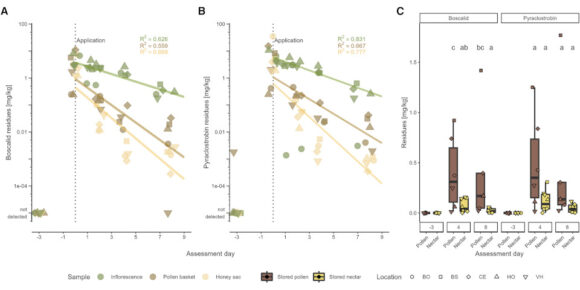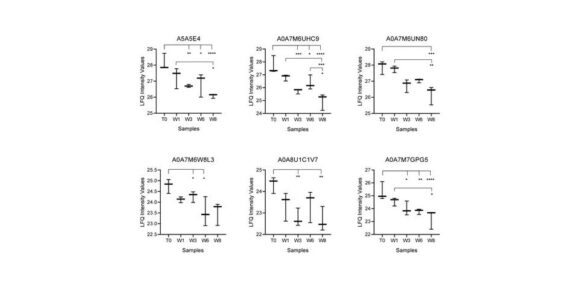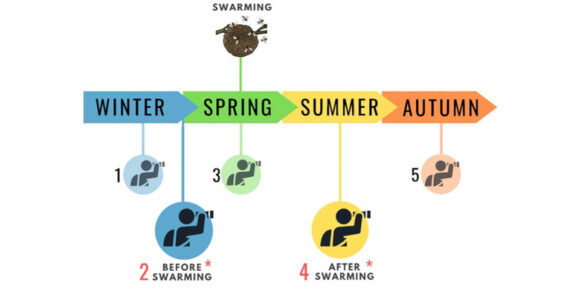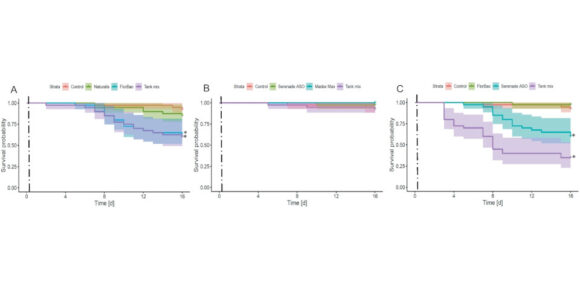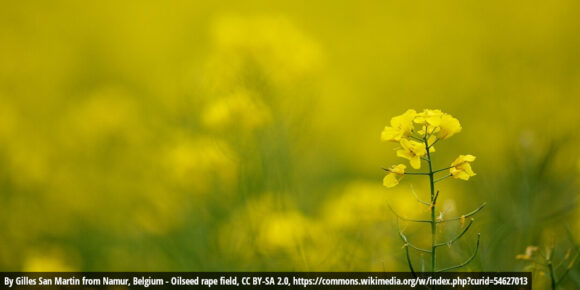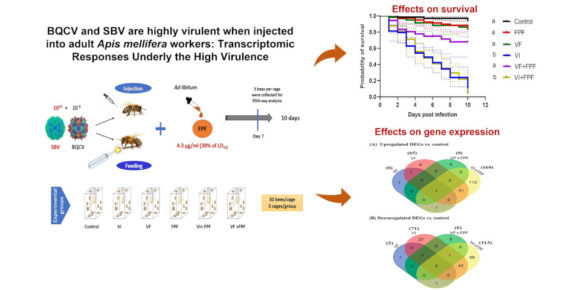The Latitudinal Biotic Interaction Hypothesis revisited: contrasting latitudinal richness gradients in actively vs. passively accumulated interaction partners of honey bees
Contrasting hypotheses suggest that the number of biotic interactions per species could either increase towards the equator due to the increasing richness of potential interaction partners (Neutral theory), or decrease in the tropics due to increased biotic competition (Latitudinal Biotic Interaction Hypothesis). Empirical testing of these hypotheses remains limited due to practical limitations, differences in…







